Culture as Clickbait: The Death of Depth
We no longer create from the soul, we create from the surface, because the surface is what’s being measured.
Metrics, impressions, views, likes, this is the currency now. But don’t be fooled, these aren’t insights into the human condition. They’re artifacts of impulse. They measure reflex, not resonance. Stimulation, not sentiment. They quantify flickers of attention, not the gravity of connection.
And yet, entire industries are now shaped by these shallow signals. Fashion lines, film plots, brand identities, cultural moments, all reverse-engineered to mimic what performed, not what mattered. We chase the flash of a reaction and call it relevance. We confuse virality with value.
But make no mistake,
A click is not a connection,
A like is not love,
A view is not transformation.
We’ve been seduced by the metrics of immediacy, those dopamine-laced jolts that whisper, “They saw it!” but never pause to ask, “Did it move them? Did it last? Did it matter?”
This is the grand delusion of our era, that numbers can stand in for nuance. That spreadsheets can replace soul. That human complexity can be reduced to engagement stats without forfeiting what makes art, storytelling, and design actually mean something.
And so we build accordingly,
Brands are born in dashboards,
Campaigns are crafted from heat maps,
Narratives are optimized, not authored.
We’ve confused attention for intimacy, and now we’re drowning in derivative content, fast, loud, and empty. Things don’t land because they weren’t built to mean anything. They were engineered to perform.
This is why your campaign flopped,
Why your product faded,
Why your audience scrolled past.
Because you designed it to provoke, not to express,
To trigger, not to connect,
To be seen, not to be felt.
The Metrics Are Lying to You
We are suffering from a collective hallucination, that what is quantifiable must be valuable. We’ve mistaken analytics for actual insight. Validation has been industrialized, and in the process, so has creativity.
Platforms reward immediacy and spectacle, so creators contort themselves to fit the mold. The result? Work that hits all the right metrics, and none of the right nerves. We’ve internalized the demands of the algorithm and silenced our deeper instincts.
But here’s the truth,
The soul doesn’t work on a timeline,
It doesn't trend,
And it certainly doesn’t care about your engagement rate.
The more we outsource our intuition to performance data, the more we flatten ourselves into content machines, feeding a system designed to extract, not inspire.
This is why so much creative work today feels like reheated leftovers, technically palatable, emotionally vacant. Not because creativity is dying, but because it’s being conditioned to perform instead of speak.
And here’s what metrics don’t show you,
They don’t show the person who bookmarked your work and cried,
They don’t show the line that echoed in someone’s head for weeks,
They don’t show the subtle shift in identity sparked by a single visual.
These are the moments that matter. But they’re invisible to the algorithm. So we stop making room for them. We discard them in favor of what’s faster, louder, and more clickable.
To resist this isn’t just artistic, it’s revolutionary.
To say, “I will make something honest, even if it’s misunderstood. Even if it’s slow. Even if it fails.” That’s where truth begins. That’s where cult followings are born.
Not from chasing the most seen, but from honoring what most needs to be said.
This is not a critique,
It’s a war cry.
Reject the tyranny of metrics,
Create from your gut,
And remember, what lasts is never what was clicked the most,
It’s what was felt the deepest.
THE DOWNFALL: WE TRADED INTUITION FOR INSIGHTS, AND NOW EVERYTHING SUCKS
Modern creativity is a crime scene, and the weapon was a spreadsheet.
In the age of dopamine dashboards, and data-driven delusion, creative work has become less about creating and more about conforming. Our outputs aren’t guided by vision anymore, they’re steered by metrics, by KPIs masquerading as muses.
What once emerged from the unfiltered chaos of intuition, from the shadowy, fertile recesses of desire, confusion, shame, and longing, is now reverse-engineered through dashboards, surveys, and virality checklists.
We used to start with truth, now we start with trend reports.
And the difference is soul-deep.
The Great Replacement: Intuition vs. Insight
In the modern creative economy, insight has been glorified as the gold standard. It’s praised in pitch decks, weaponized in branding strategies, and enshrined in case studies. But what no one says out loud is that insight has quietly replaced something far more primal, raw, and necessary:
Intuition.
And the exchange? It’s been a disaster.
Insight Is Retrospective. Intuition Is Revelatory.
Insight tells you what already worked.It’s the output of analysis, the child of hindsight. It relies on historical data, audience behavior, engagement metrics.It can tell you where the applause came from, but not where the soul is headed.
Intuition, on the other hand, is what must be said.Not because it’s trending, not because it tested well, but because you feel it in your gut like a secret that demands to be spoken.
Think of it like this: Insight is looking in the rearview mirror to steer forward. Intuition is looking into the fog and knowing where the edge of the cliff is, even if no one else can see it yet.
One is about confirmation. The other is about confrontation.One is safe. The other is sacred.
Insight Feeds Fear. Intuition Requires Faith.
Insight often disguises itself as security. It says, “Here’s what’s worked before. Let’s repeat it.”But underneath that is fear…fear of failure, of wasting budget, of taking a risk that might not convert.
So we trade soul for safety.We iterate instead of invent.We tweak instead of tear open.
Intuition is the opposite. It requires discomfort. It demands trust in something irrational, something that can’t be graphed or tracked or benchmarked.It says, “This might not work. But it feels true.”
Insight asks, “What does the market want from me?”Intuition asks, “What do I need to say, even if the market isn’t ready?”
Insight Is Imitation. Intuition Is Identity.
If insight is the study of external response, intuition is the study of internal truth.Insight pulls from others. Intuition pulls from you.When you lead with insight, you’re building from reflection. When you lead with intuition, you’re building from revelation.
This is why so much creative work looks the same now. It’s not coincidence—it’s consequence.Brands are building from the same case studies.Artists are drawing from the same “top trends for 2025” PDF. Everyone’s “strategically different” in the exact same way.
Data Can’t Predict the Divine
We’re mistaking data for direction. But data can’t tell you where the future is—it can only whisper where the past has been. It has no instinct, no hunger, no psychic friction.It cannot feel the desperation for something new. It can only quantify the satisfaction of what’s old.
So What’s the Cost of Prioritizing Insight Over Intuition?
The cost is originality.The cost is emotional depth.The cost is the risk of transcendence.
We’ve trained a generation of creatives to speak fluently in insight, and now we wonder why everything sounds so hollow.We’ve optimized the soul out of our work.We’ve become so good at predicting what people want that we’ve forgotten how to give them what they didn’t know they needed.


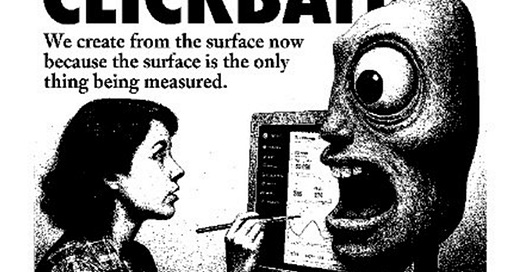
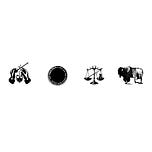

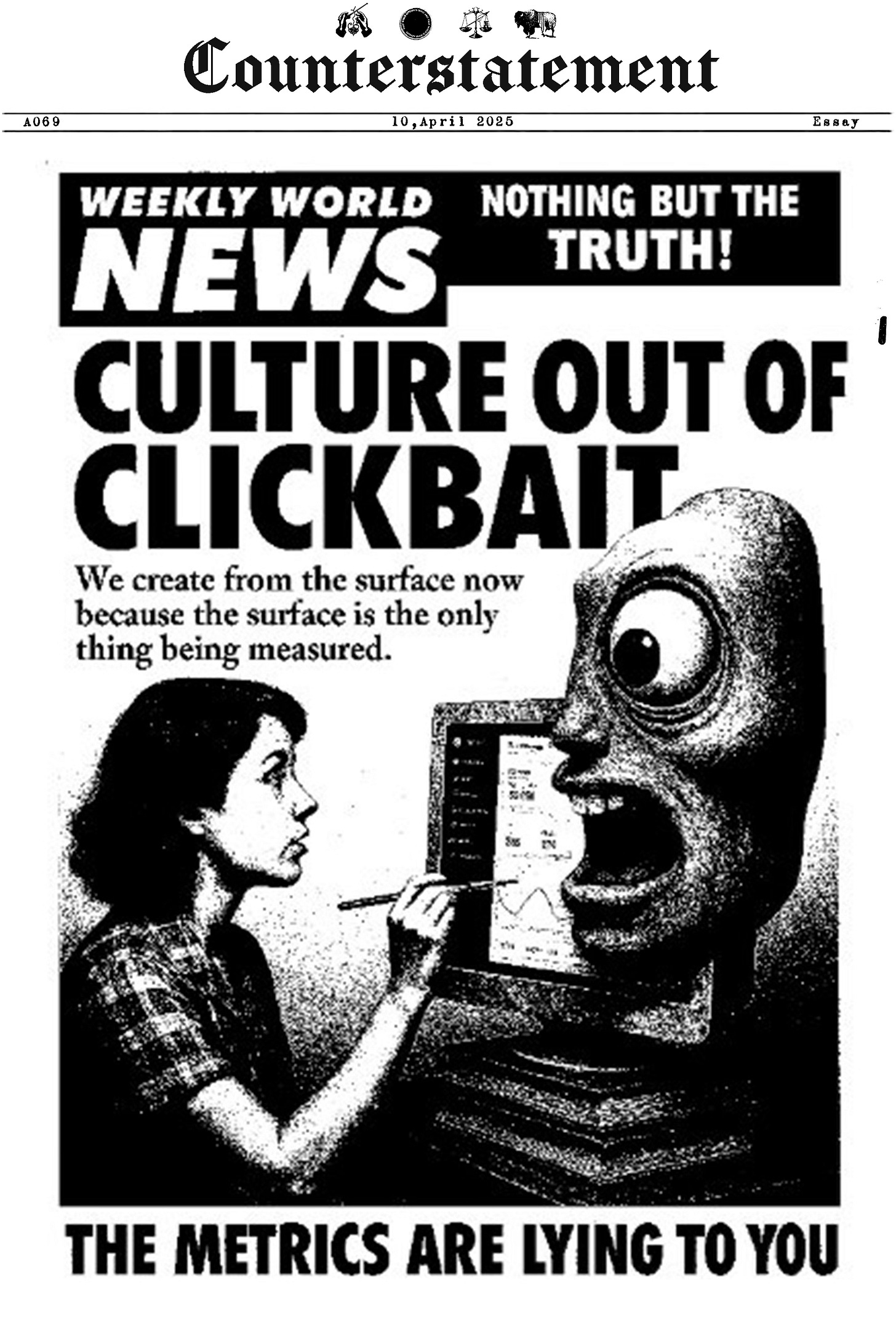



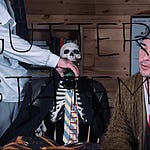


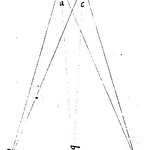
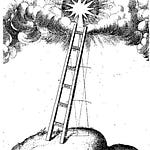
Share this post